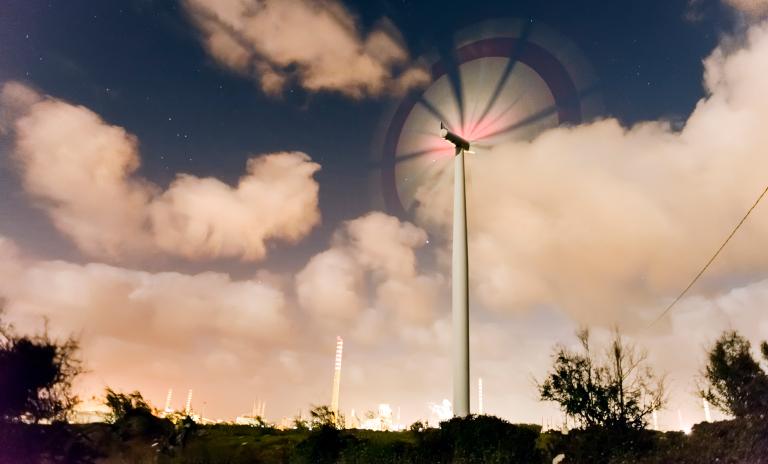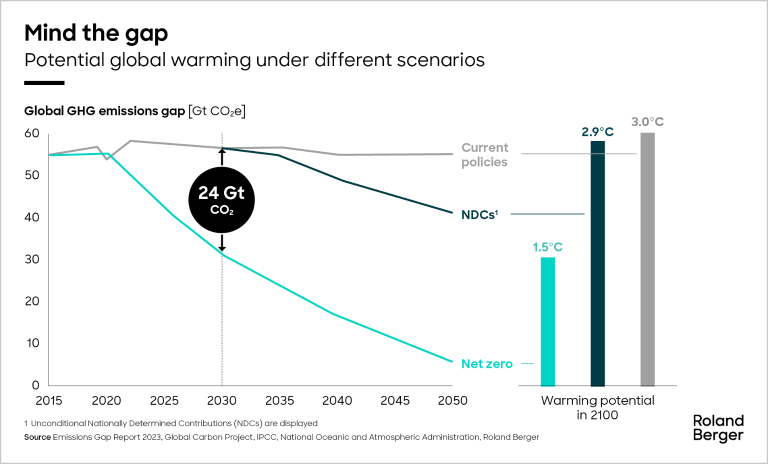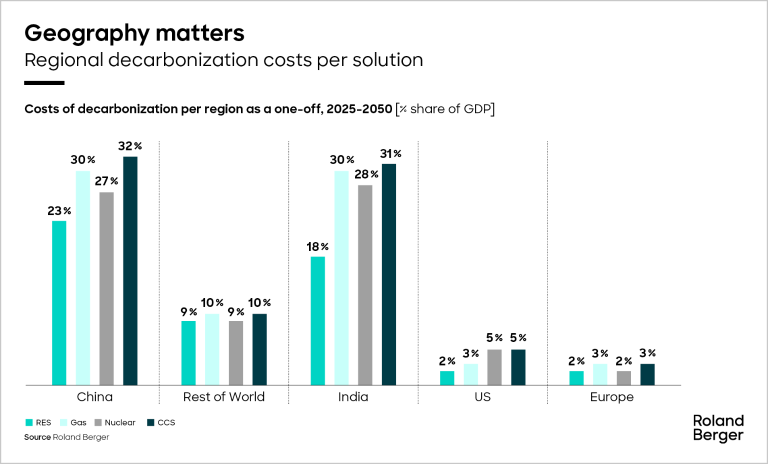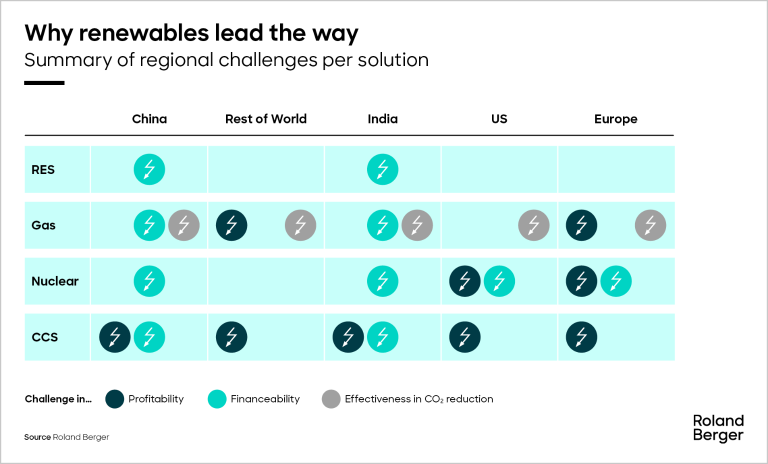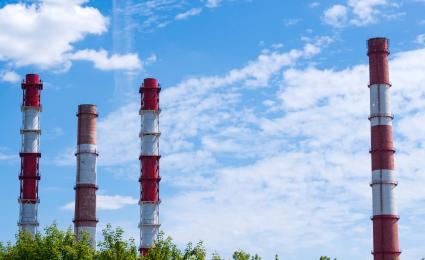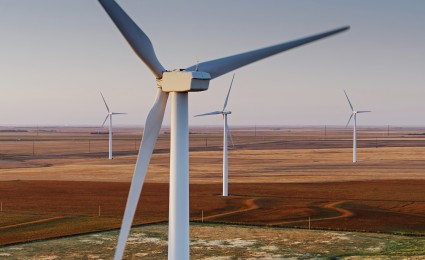Hydrogen is crucial for clean energy, but meeting the projected 2040 demand of 240 megatons annually requires a huge electrolyser capacity, far beyond current levels. The 2030s are key for the industry's growth, as highlighted in the study.
Decarbonizing the 1,000 most CO2-intensive assets
![{[downloads[language].preview]}](https://www.rolandberger.com/publications/publication_image/roland_berger_ins2262_stu_global_carbon_restructuring_plan_dt_download_preview.jpg)
Roland Berger’s Global Carbon Restructuring Plan shows how owners of the world’s largest carbon emitters can drastically improve climate protection.


